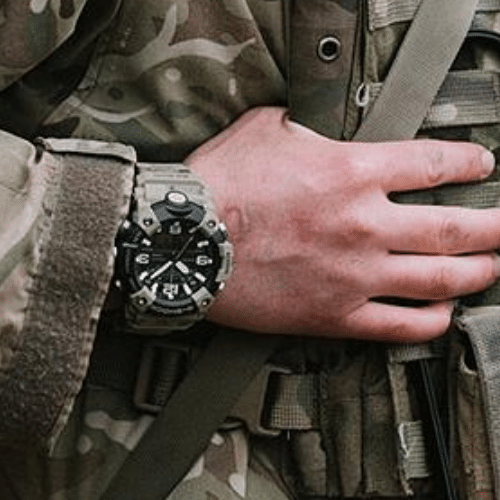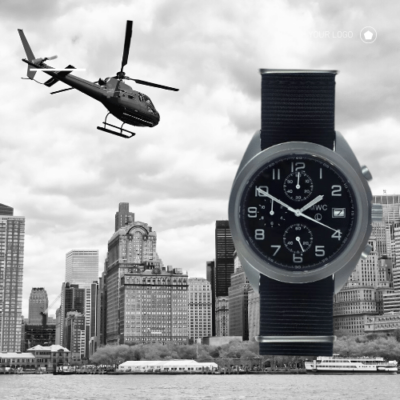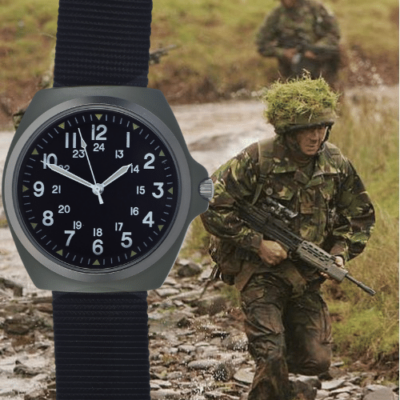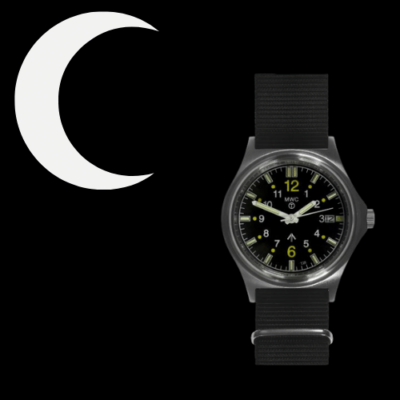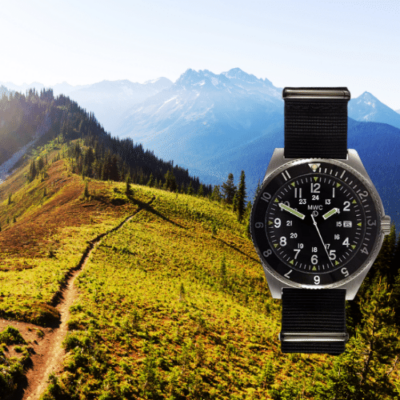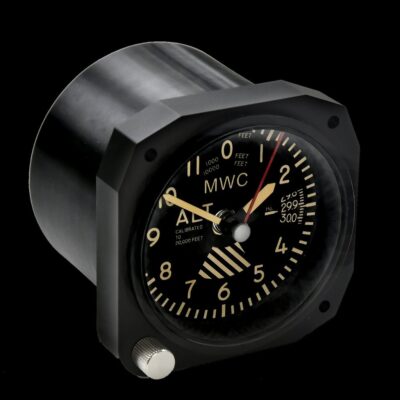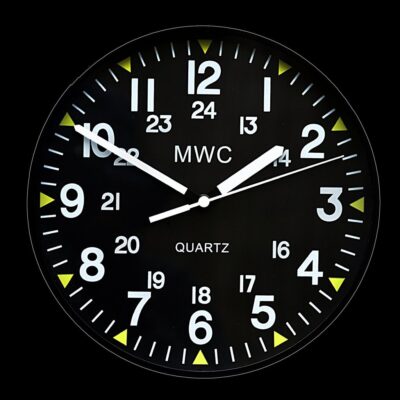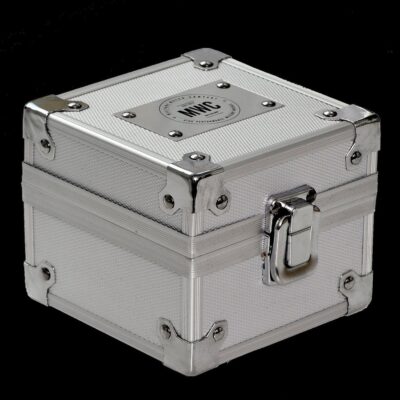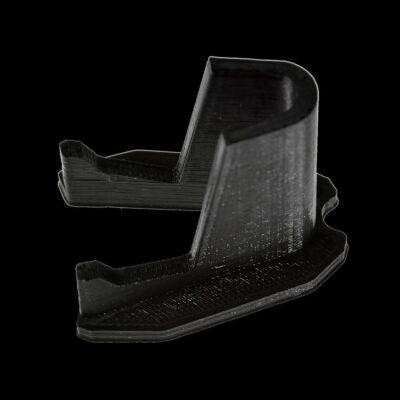News
U.S. Air Force Chief Confirms the F-47 Fighter is 3-4 Years Behind its Chinese Rivals in Entering Flight Testing
U.S. Air Force Chief of Staff General David Allvin on November 12 confirmed that the F-47 sixth generation fighter is intended to make its first flight in 2028, which represents the most explicit public reference to the fighter program’s flight timeline by officials so far. The Air Force had previously stated that the F-47 was expected to make its first flight before the end of President Donald Trump’s term in office on January 20, 2029. The fighter program had previously faced growing uncertainty regarding its future due to severe funding shortages affecting the Air Force, before the first flights of two separate Chinese sixth generation fighter designs in December 2024 were credited with spurring the new Donald Trump administration to strongly back the program.
The F-47’s scheduled first flight in 2028 places the program three to four years behind China’s own sixth generation fighter development efforts. The significant possibility of further delays to flight testing would further widen the gap between the two countries programs. China’s ability to bring its first fifth generation fighter, the J-20, from its first demonstrator flight to service entry in just six years drew a highly unfavourable precedent when compared to the F-35 and F-22, which both took 15 years, and indicates that the country could begin fielding sixth generation fighters close to a decade before the United States. In September 2022 head of the U.S. Air Combat Command General Mark Kelly warned that China was well positioned to begin doing so, with other officials having widely made similar warnings.

Alluding to the speed at which China is working to develop its rival fighters, General Allvin previously noted: “The adversary is not taking a knee. They’re not stopping and saying, ‘well, maybe the U.S. slows down, we’ll slow down too.’ Maybe we can take a knee, and that’s not what they’re doing.” China and the United States are currently the only countries to have indigenously developed fifth generation fighters, with the exception of Russia’s Su-57 program that has produced a less advanced aircraft in very limited numbers. The complexity of sixth generation technologies has led experts to widely allude to a two-horse race, with Russian and joint Japanese-British programs not expected to produce fighters with comparable capabilities, and being considered to produce aircraft that in the best cases may be on par with modernised U.S. and Chinese fifth generation designs.
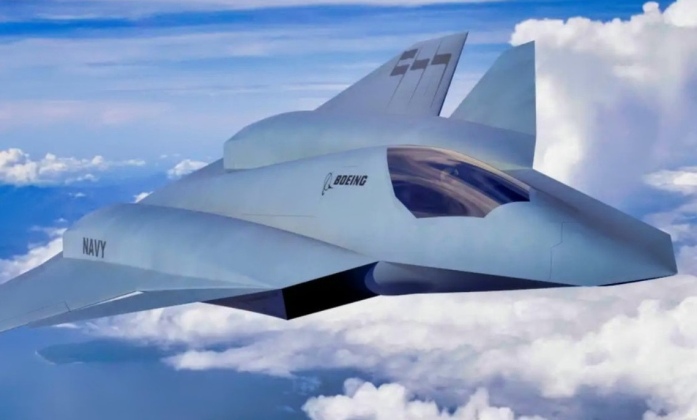
The new support the F-47 program gained from early 2025 has come at the expense of the parallel program being pursued by the Navy, the F/A-XX, to develop a next generation fighter for its aircraft carriers. While the Air Force has procured F-22 and F-35 fifth generation fighters in significant numbers, and is committed to procuring at least 100 B-21 next generation bombers, the Navy by contrast is heavily reliant on F-18E/F fourth generation fighters and has ordered only a small number of F-35s. This is leading factor making the F/A-XX arguably a much more urgent program for the service than the F-47 is for the Air Force. The possibility remains significant that the two services will be forced into a joint program, much like the F-35, in an attempt to reduce costs and increase commonality between them. The very limited commonality between the two services’ F-35 variants, at under 20 percent, has set a negative precedent for joint program work. Should the Navy fall further behind, it could result in a significant discrepancy emerging between the capabilities of Chinese and American carrier air wings favouring the former.

